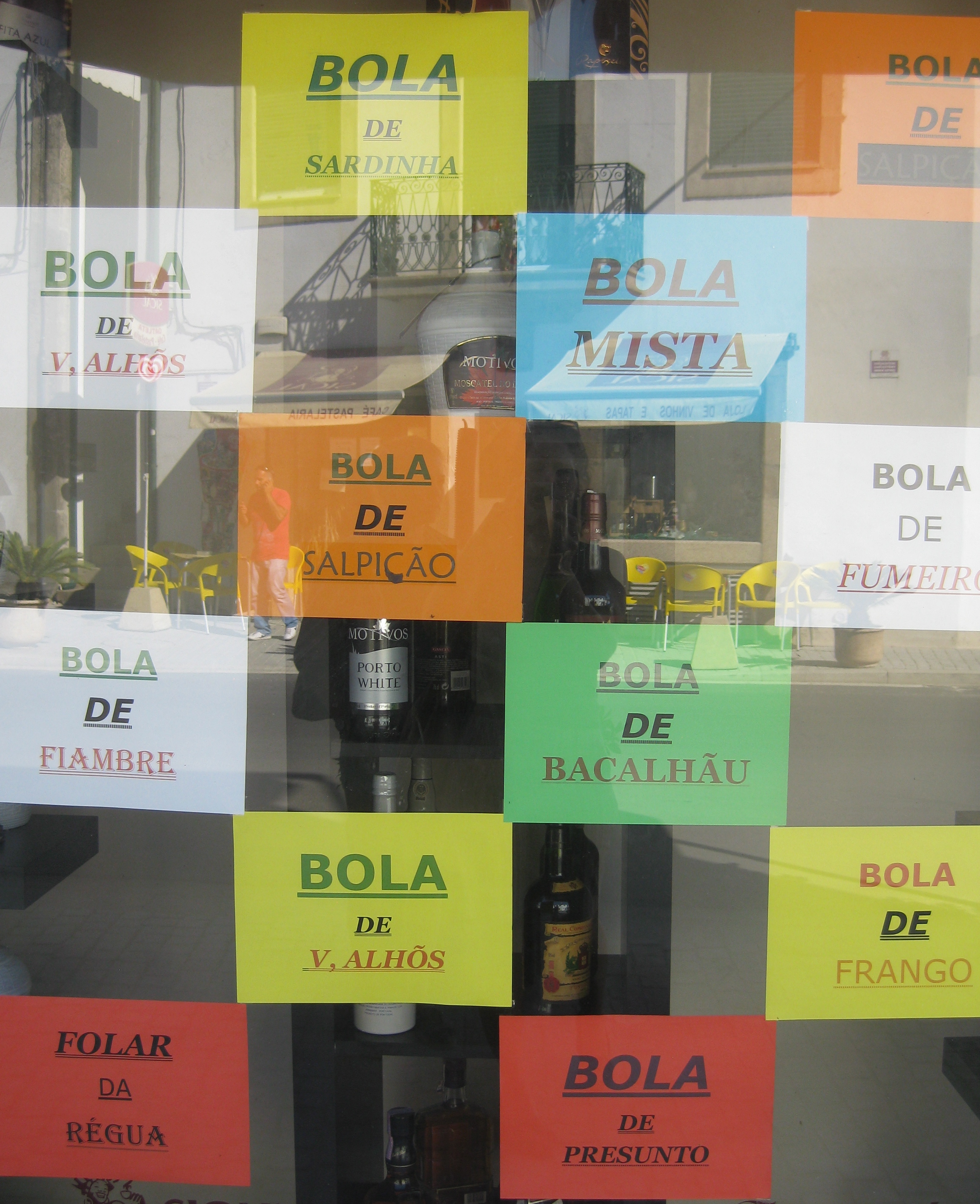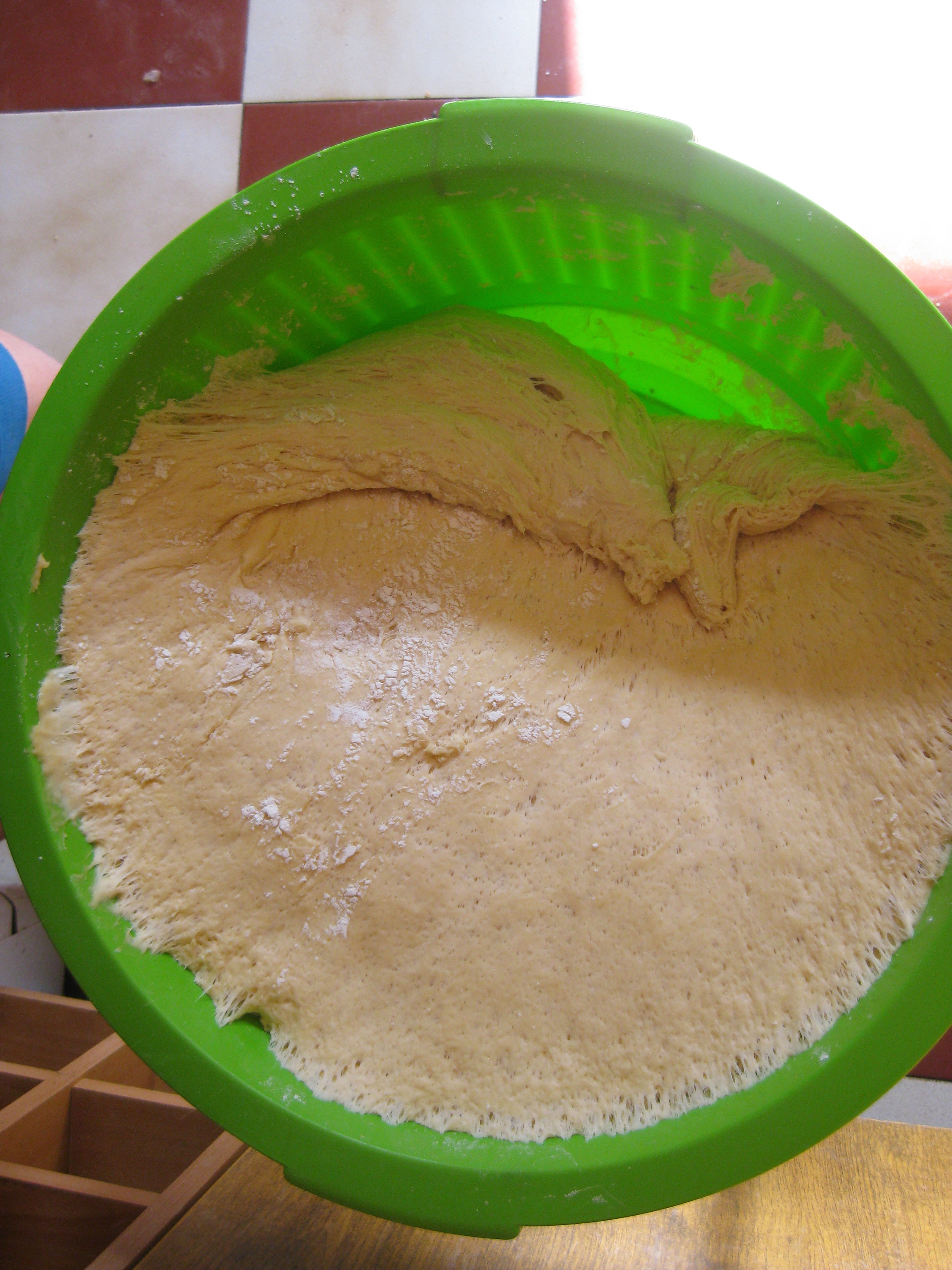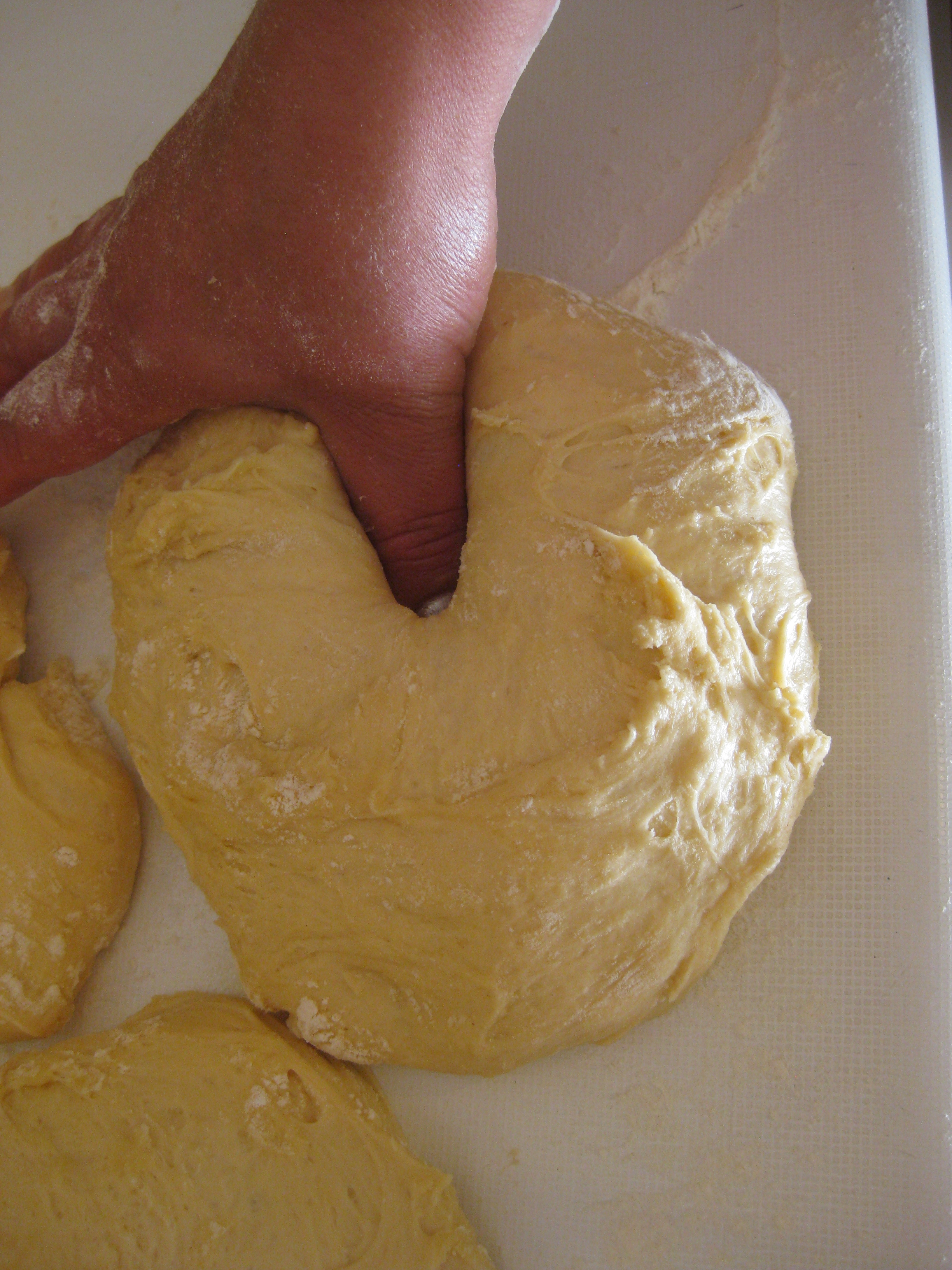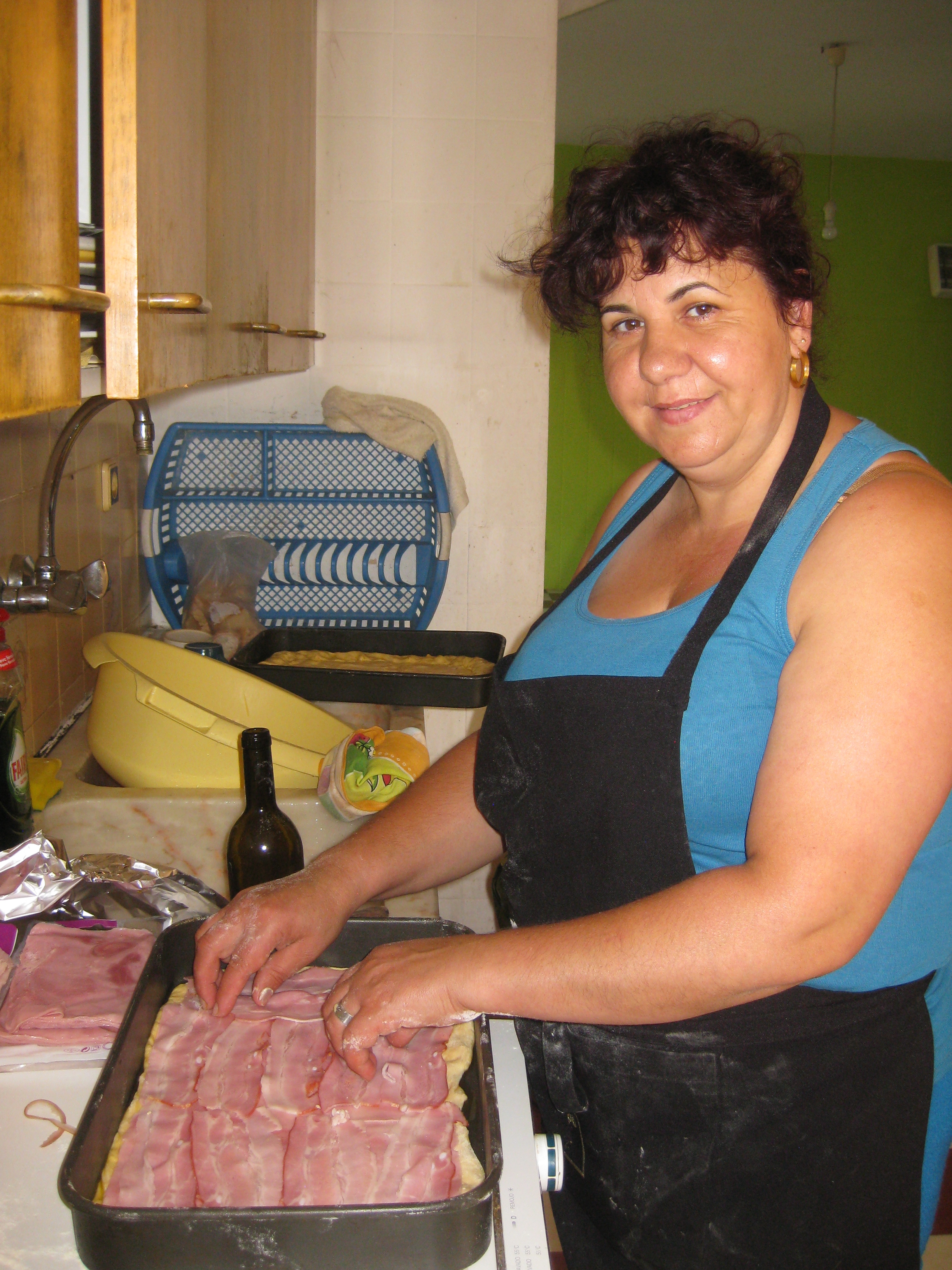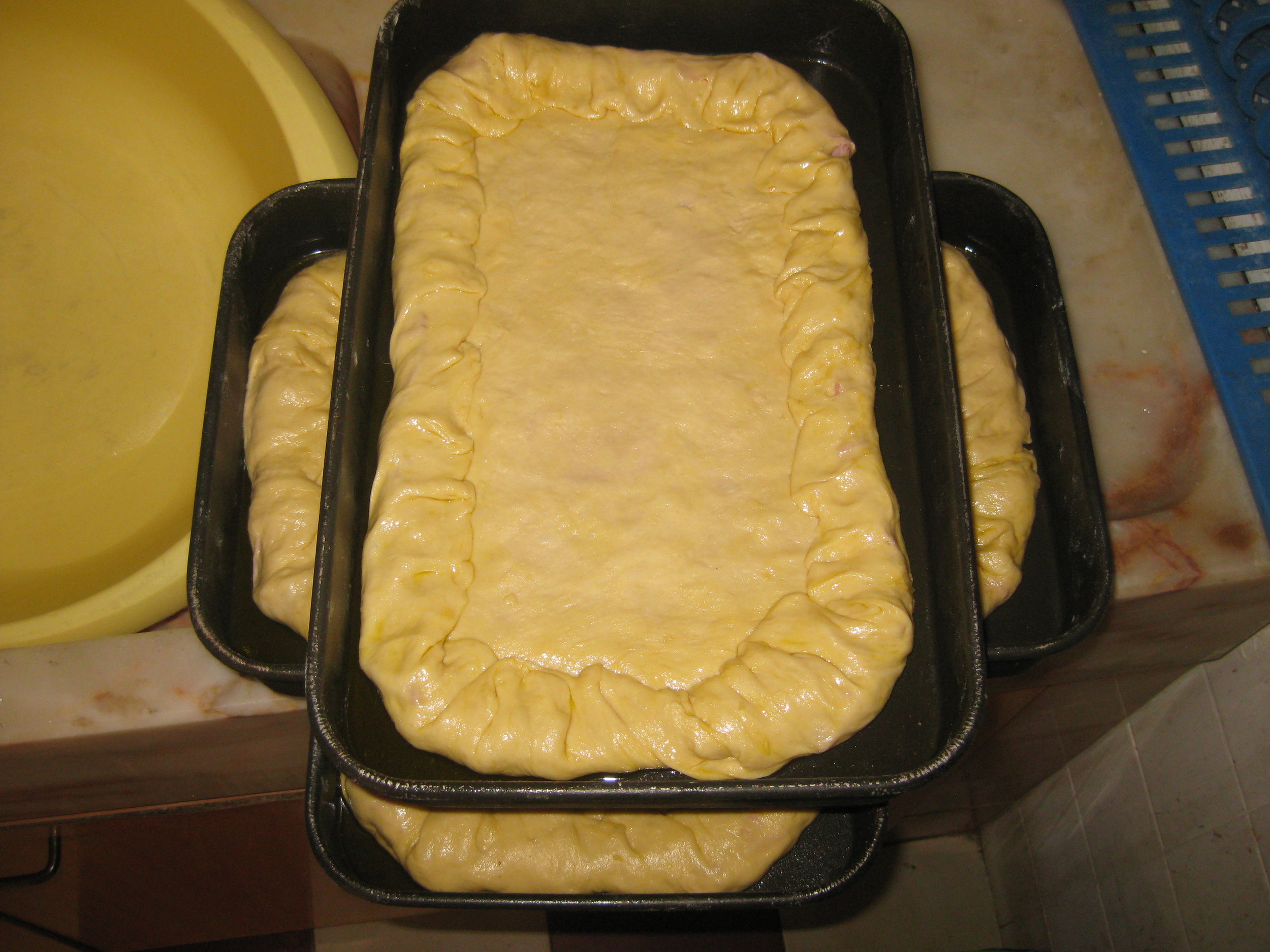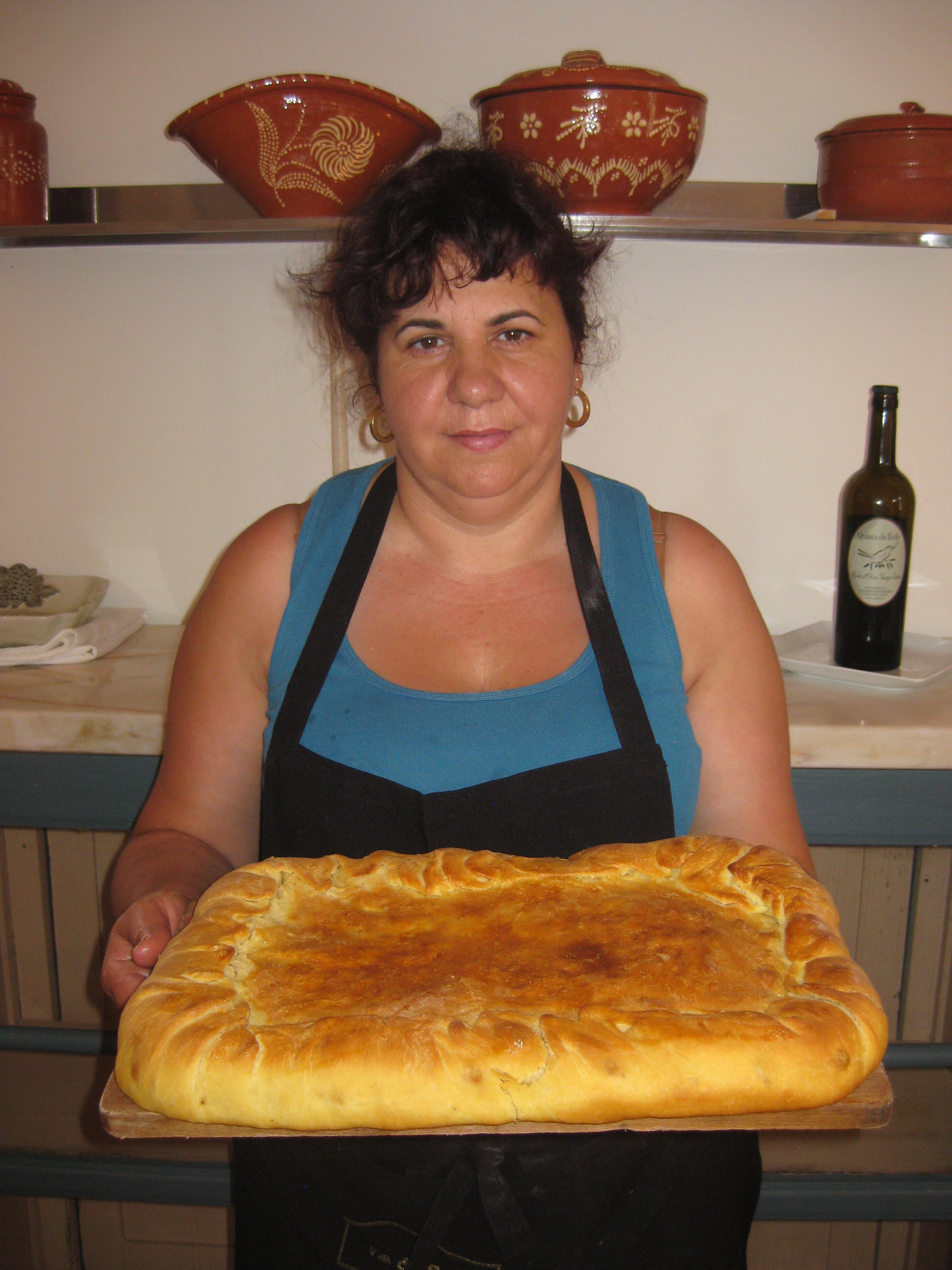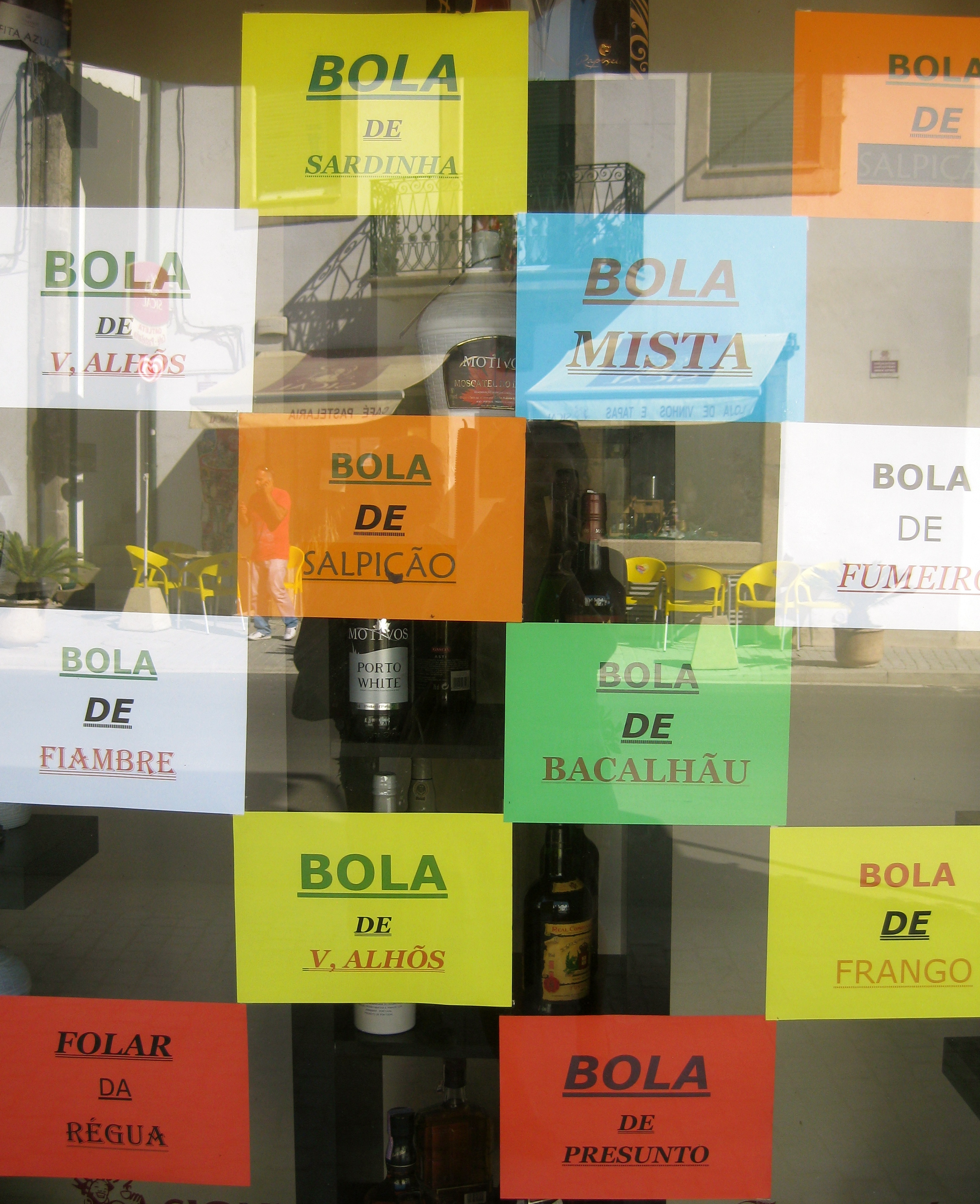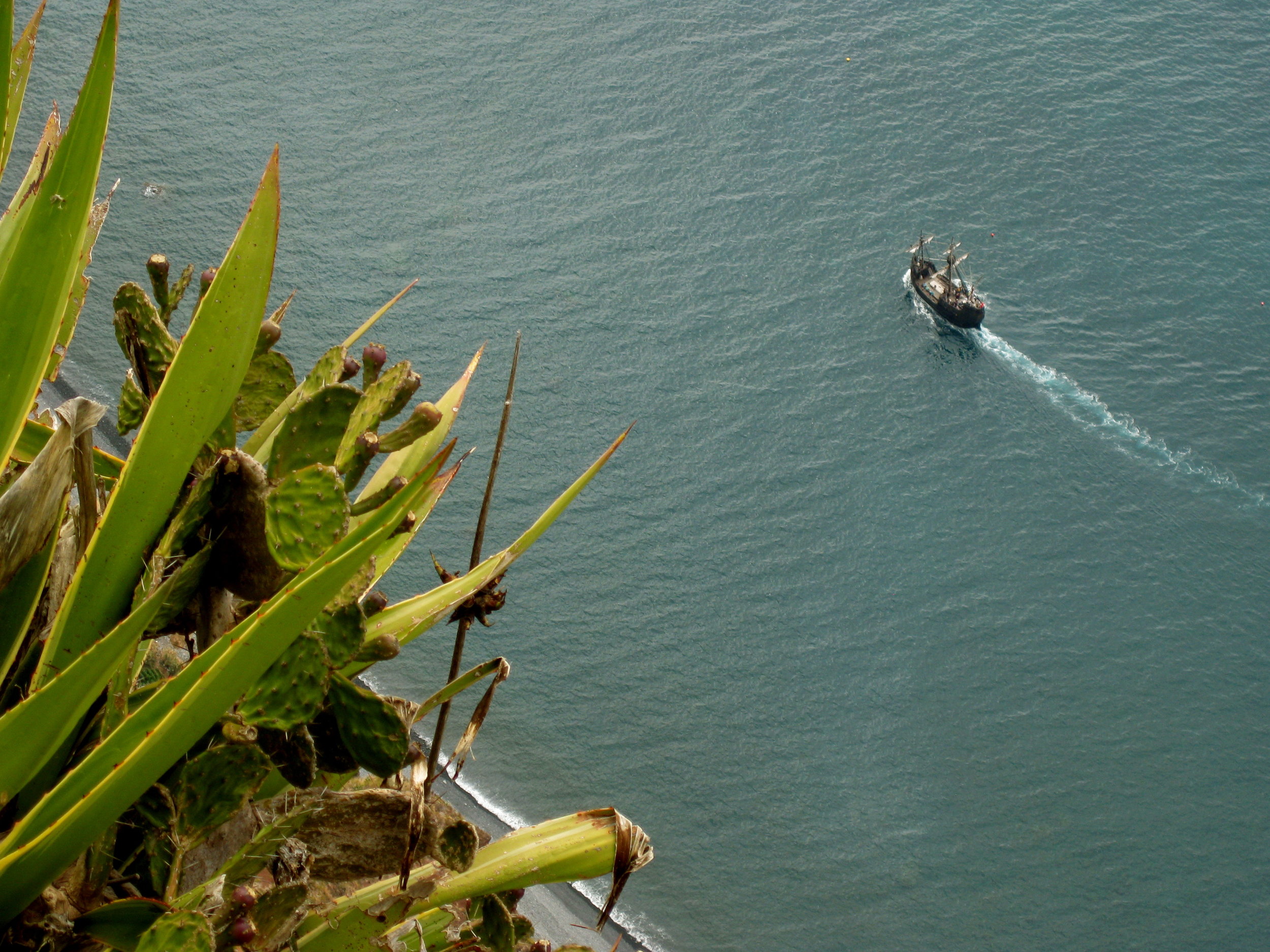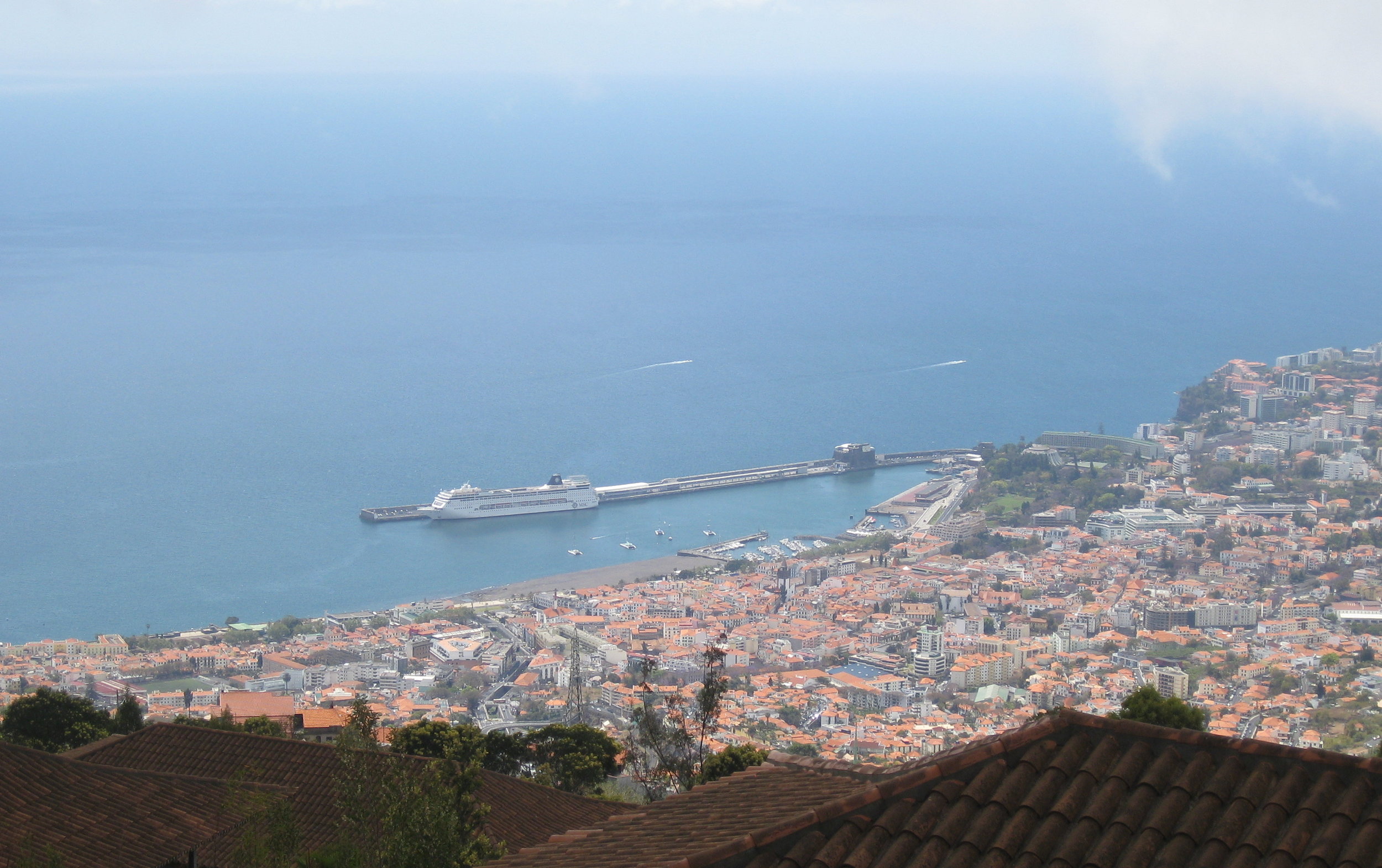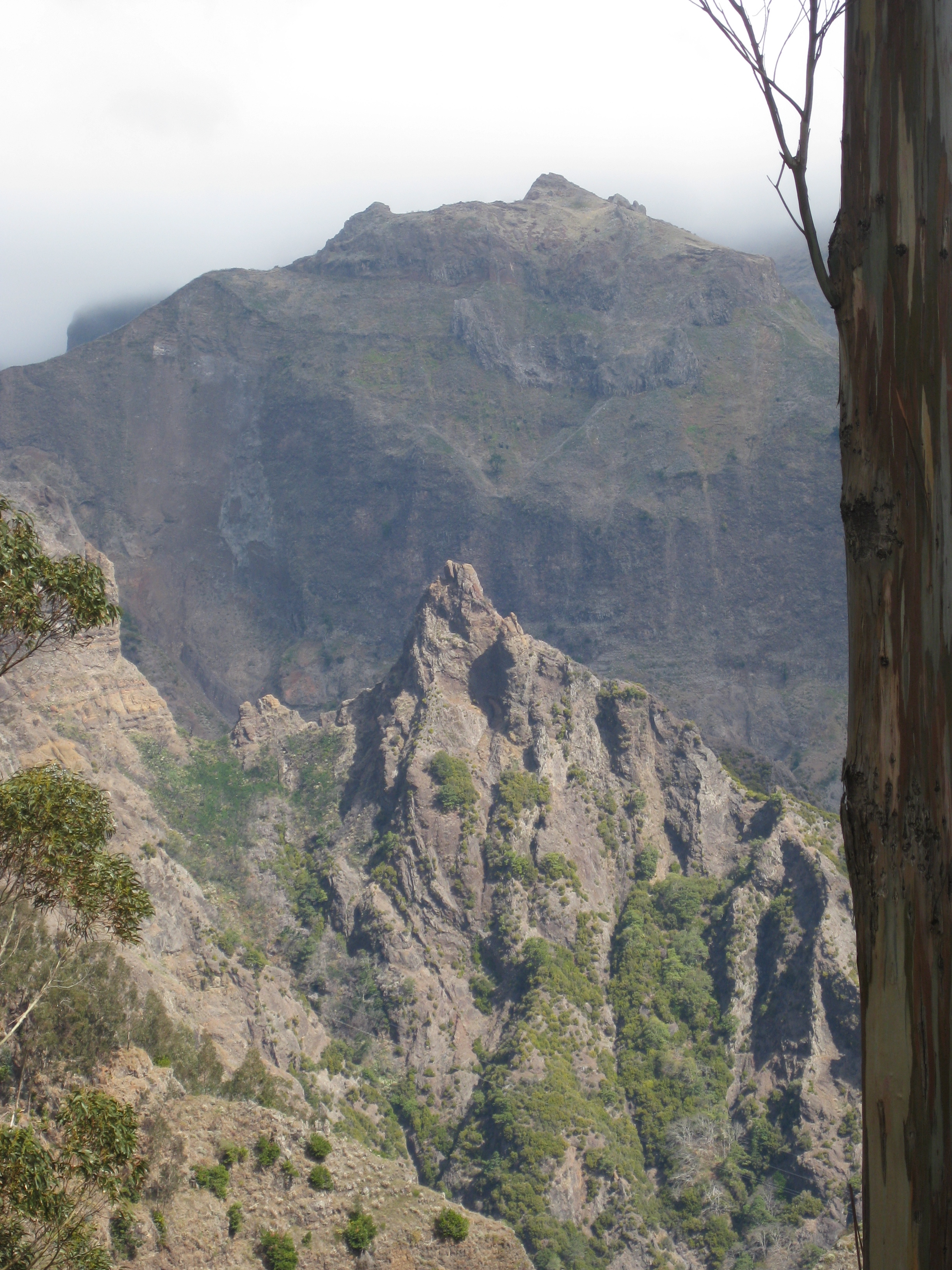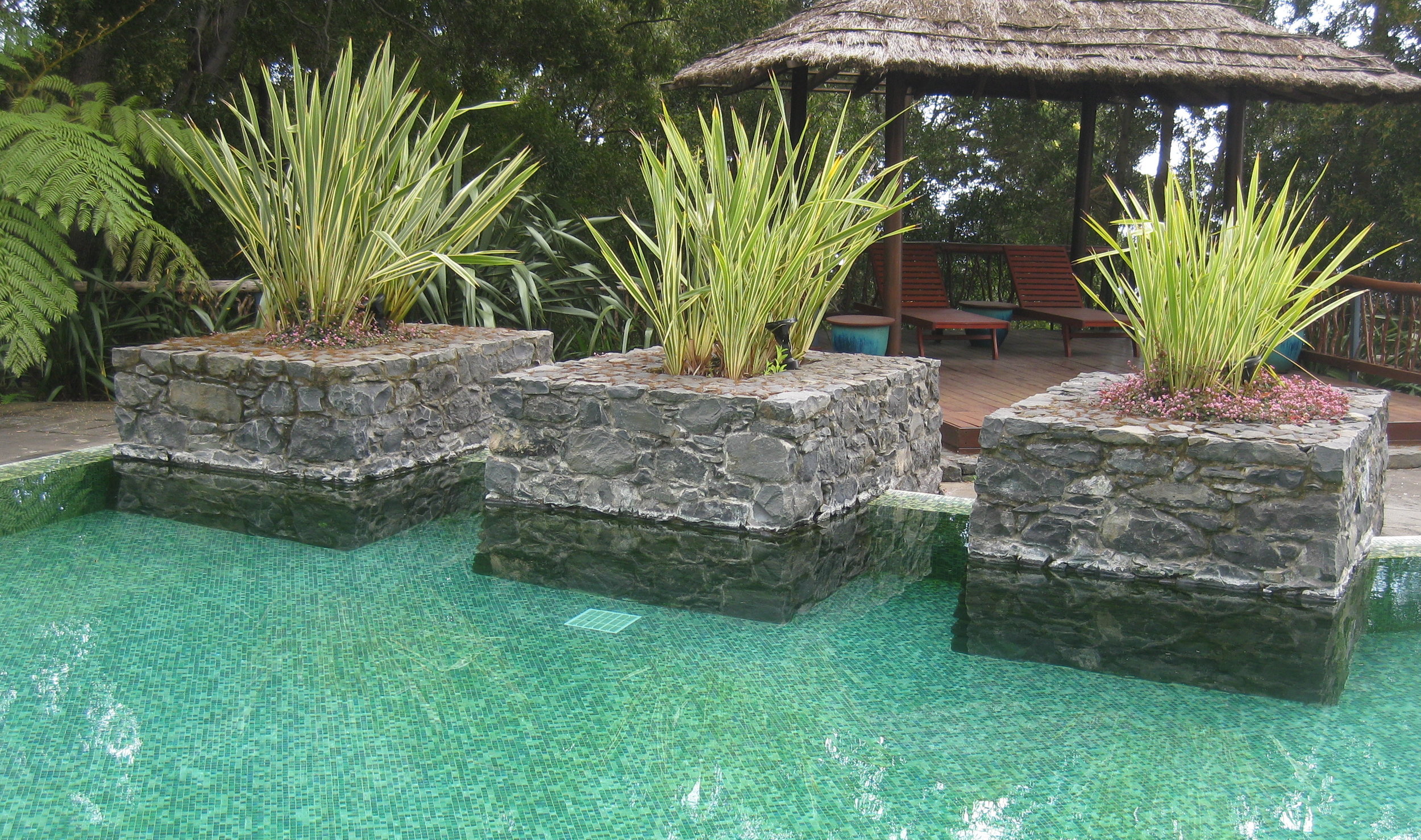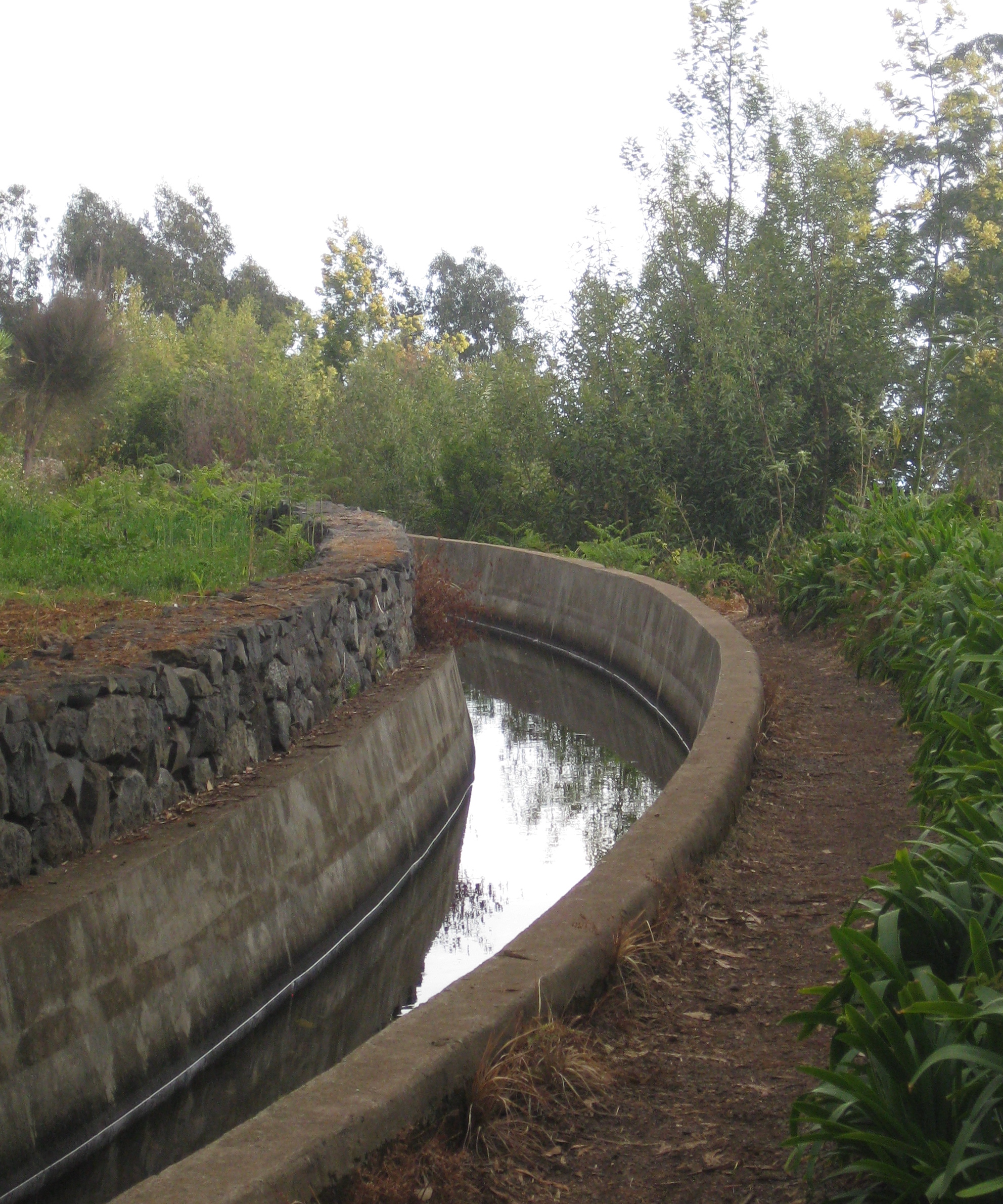Pour la commémoration de notre vingtième récolte à Quinta do Tedo, nous sommes entrain de préparer notre Tawny de 20 ans d'âge ; quelle meilleure façon de célébrer cette vie professionnelle débutée en 1992 !

Par définition de l'IVDP (Institut des vins de Porto) le Porto Tawny est un assemblage de Porto vieilli en fût de bois. Pour obtenir une concentration optimale, nous faisons vieillir notre Tawny "classique" dans des fûts de chêne français de 228 L / 60 gallons pendant 8 années, soit 2 années de plus que les 6 années requises. En plus de notre Tawny, nous avons un Tawny de 10 ans d'âge et dans un proche futur nous en aurons aussi un de 20 ans d'âge ; en considérant la définition du Porto sur une autre échelle, 12 ans de plus de concentration et de complexité ! L'aboutissement de ce Tawny est le résultat d'une série ininterrompue de dégustations. Des échantillons sont prélevés sur les barriques, avec une attention toute particulière portée sur la régularité de la température, car les variations de cette dernière affectent de façon significative les composants des flaveurs, le Porto ayant une teneur en alcool de 20°
Notre équipe d'œnologues, Jorge Alves et Hugo Fonseca assemblent les premières cuvées dans des éprouvettes, prenant des notes sur les proportions (répartitions) des assemblages, afin de déterminer la typicité que nous recherchons pour notre Tawny de 20 ans d'âge.
L'assemblage final sera redégusté à maintes reprises pendant des semaines pour s'assurer qu'il évoluera comme nous le désirons. Nos palais et nos aspirations peuvent aussi légèrement changer ou évoluer pendant cette phase de dégustations, jouant un rôle ultime dans le résultat final. Quand la "recette" de notre mélange est fixée, nous constituons notre assemblage final en respectant la quantité issue de chaque tonneau et ainsi naît notre Tawny de 20 ans d'âge.
Qu'est-ce qui fait que le Tawny de la Quinta do Tedo est un des leaders sur le marché ? Rappelez-vous qu'au Portugal, seulement 2% du Porto est destiné à être classé Vintage, LBV et 98 % en Ruby et Tawny ; la classification du vignoble s'étage de A à F (A étant la plus haute qualité). A la Quinta do Tedo, nos Vintage, LBV, Ruby et Tawny sont tous issus de grappes de vignobles classés A, l'équivalent d'un grand cru ; la qualité de nos raisins est exceptionnelle. Les grands domaines assemblent d'énormes volumes de Porto, quand nous, nous assemblons de petits volumes et pouvons ainsi dès le départ, obtenir un produit plus concentré.
Quel est le style de notre maison ? Jorge Alves répond "des Portos Tawny complexes, structurés et concentrés".
Voici les notes de Jorge concernant notre Tawny prêt à être commercialisé :
"Couleur : belle couleur brun-orangé.
Nez : vin de Porto très complexe, profond, parfums d'orange confite, noisette, figue sèche, curry, caramel au beurre, minéral, abricot sec, vanille ; très impressionnant.
Bouche : charpenté, concentré, doux, bonne structure, bien équilibré par une fraîche acidité et du moelleux ; texture soyeuse, long final avec des arômes de raisin, iode et prune sèche ".
Prêt pour un verre ? A vôtre santé et venez avec nous célébrer nos 20 ans à la Quinta do Tedo.










